Conversion in the SaaS world requires a little more finesse than its ecommerce counterpart. That’s mainly because you’re asking your potential customer to commit to a recurring payment rather than a one-off transaction. A SaaS business’ focus on the lifetime value (LTV) of a customer means that you’re selling a relationship rather than a product.
In this article, we’ll look at how you can overcome the challenges of getting your potential customers to buy a commitment rather than something they’ll hold in their hands soon after making the purchase.
1. Focus on Long-term Value
Selling a SaaS product in the B2B space requires the sales copy on your landing page to really focus on its long-term benefits. Don’t be afraid to be explicit about this. In fact, brief your copywriters to work in as much reference to the “bigger picture” as possible.
Take a look at TimeTackle’s calendar analytics and insights page. While the page’s content is very feature-focused, its benefits are positioned in a particular way. The opening paragraph highlights the rewards of knowing how your resources spend their time. This is a reward that obviously plays out over the months or years that the customer remains a subscriber.
Furthermore, the page steers clear of making promises of instant rewards or savings. Instead, TimeTackle uses terms like “monthly” and “quarterly” when talking about the analytical insight their customers will have. Dashboard screenshots also include time-based metrics that the visitor will interpret similarly.
There’s also a strong focus on the main points that the software will solve. Potential customers can envision using the tool’s features over a period of time to solve nagging operational concerns. Leaks in productivity aren’t revealed instantly. Their target audience, “CXOs, Head of orgs, and Executive Assistants,” will be well-aware of this fact.
By selling long-term value, TimeTackle is selling a long-term solution. They’re managing expectations and building a platform for a solid LTV.
2. Use Video to Break Down Complexity
Selling a long-term commitment to a B2B tool is dependent on your lead understanding exactly how it works. This is easier said than done. You have to find a balance between displaying context at a high level and features at a more granular level.
With the average internet user’s brief attention span, this can be very difficult to do with reams of written text and product screenshots.
Enter the explainer video. As Wyzowl points out in their post on the relationship between conversion rates and the presence of explainer videos, the presence of a play button significantly increases the length of time you have to communicate with your visitors. They quote a remarkable set of statistics in this piece: “97% of businesses said that their explainer video has helped increase user understanding of their product or service. 81% reported increased sales.”
Take a look at how Zenmaid breaks down their product using an explainer video. A business management and administration tool used by cleaning companies, Zenmaid’s main challenge is to contextualize what their product does and shine a light on key features — something their explainer video does perfectly.
3. Offer a Hassle-Free Trial Period
No matter how effective your landing page is at communicating value and generating interest, some products are just better at selling themselves while they’re being used.
This is why the free trial period is such an effective conversion method. You’ll want to give the new customer sufficient time to get hooked on the product and genuinely experience its value — get them to a point where they can’t see themselves conducting business without it. At the same time, you don’t want to give them so much time that they lose the urgency to explore its full range of features while still having it for free.
Regardless of the length of time you choose for your free trial period, it is extremely important to note that the registration call to action needs to be as attractive as possible. This means that potential customers need to understand that they’re not signing up for something that’s going to be a headache to opt out of.
InFlow manages this with one single line of text right below the signup CTA. Simply by adding “No credit card required. Sign up now,” they’re instantly letting the lead know that there’s no commitment required to see what the tool has to offer.
4. Offer a Demo
This high-touch conversion approach works best if you’re playing in a space where the LTV of a new customer justifies the effort of acquiring them. If you need a dedicated sales team with all its members focused on walking potential clients through the software before they sign up for a trial, you better make sure there’s a return on this investment.
That’s why this approach works best in the B2B space, where potential clients include enterprises or where your price points factor in this additional cost. Only you will be able to know if this approach is right for your business. Just bear in mind that the value of acquiring a new client always has to get measured against the cost of acquiring them.
CoSchedule finds itself in a place where this investment is paying dividends. Each page on their site has a clear link in the main navigation bar, offering a demonstration. Clicking on the link takes the user to a simple interface where they capture their details in four fields before an agent gets in contact with them to schedule an appointment.
Closing Word
Recognizing the challenges unique to selling a SaaS product is the first step towards boosting your conversion rates. Traditional conversion techniques that apply to the ecommerce world may still be useful, but these can’t be your only conversion mechanisms.
To achieve the best possible conversion rates, analyze your product critically. Look at it from a potential customer’s perspective. Try to see it objectively with fresh eyes. What would YOU want to see or know that would make you comfortable starting a long-term relationship that’s going to cost you a recurring subscription fee?
When you and your marketing team can answer these questions, you’re in a position to apply the best practices while also coming up with strategies of your own.
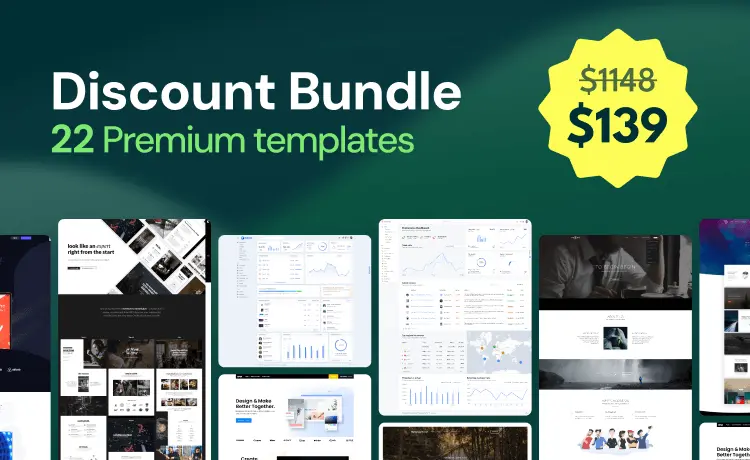
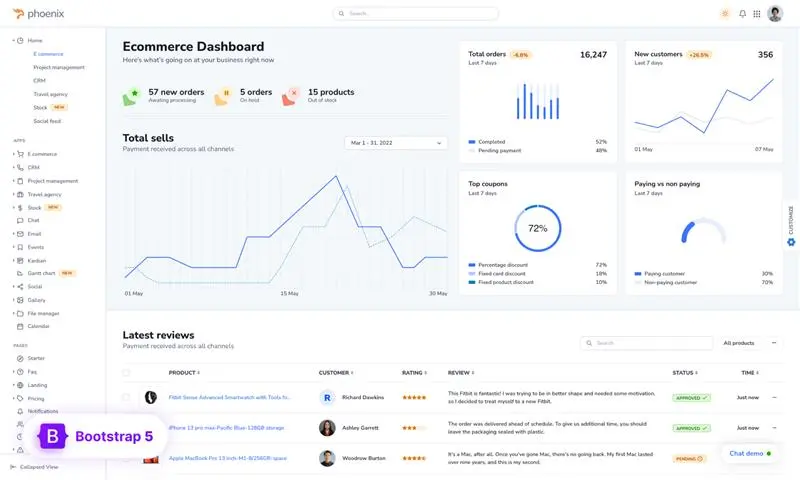
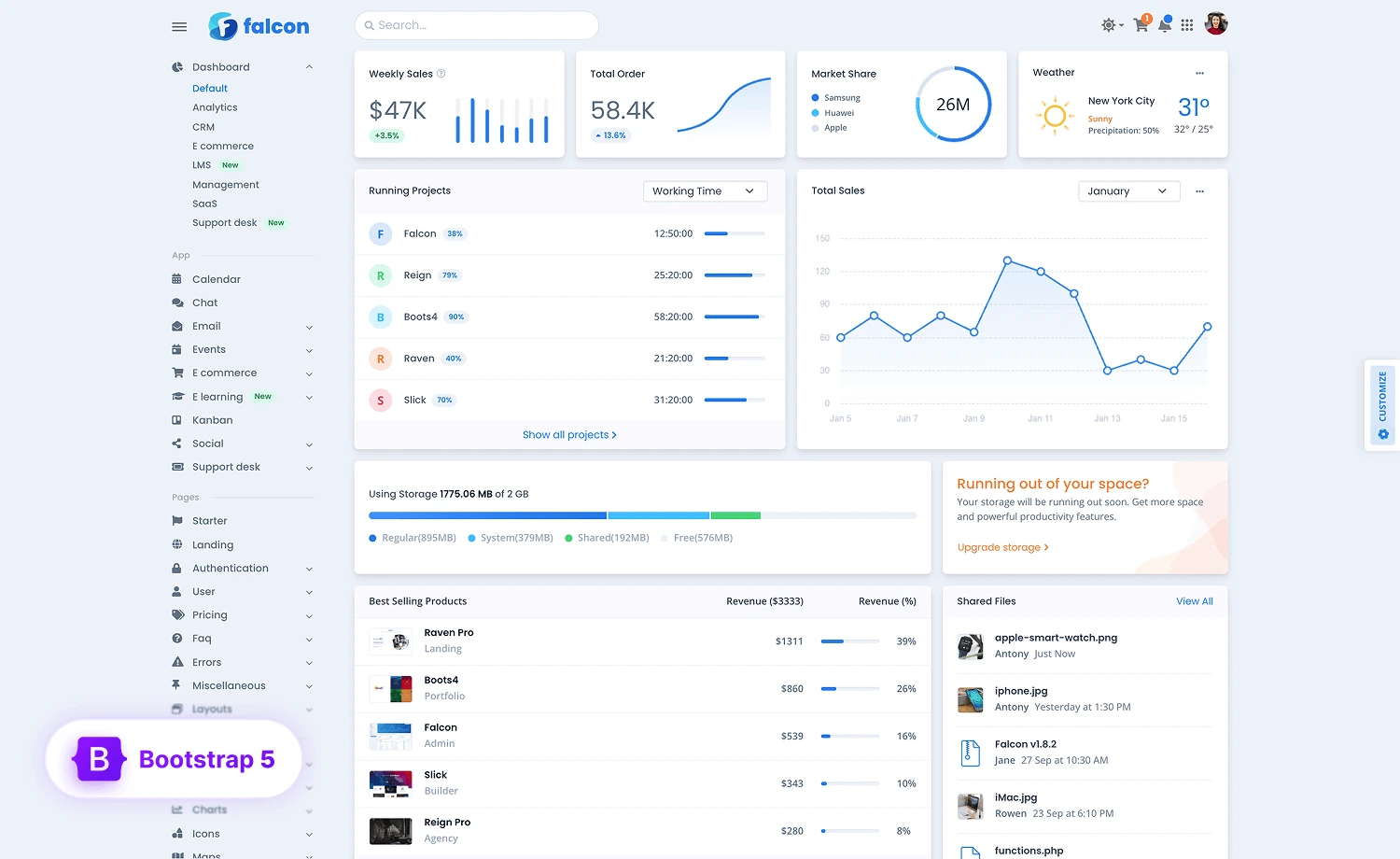
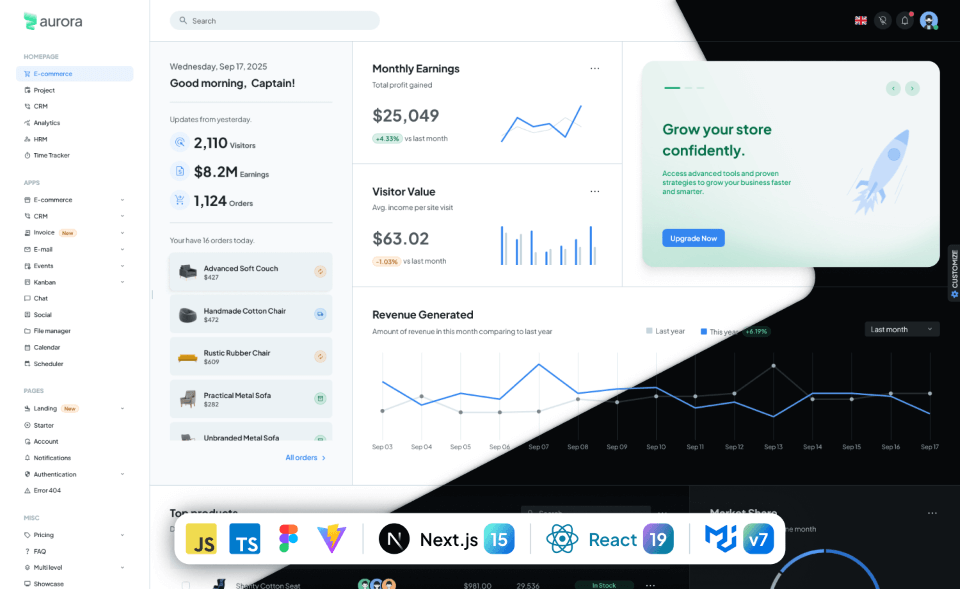
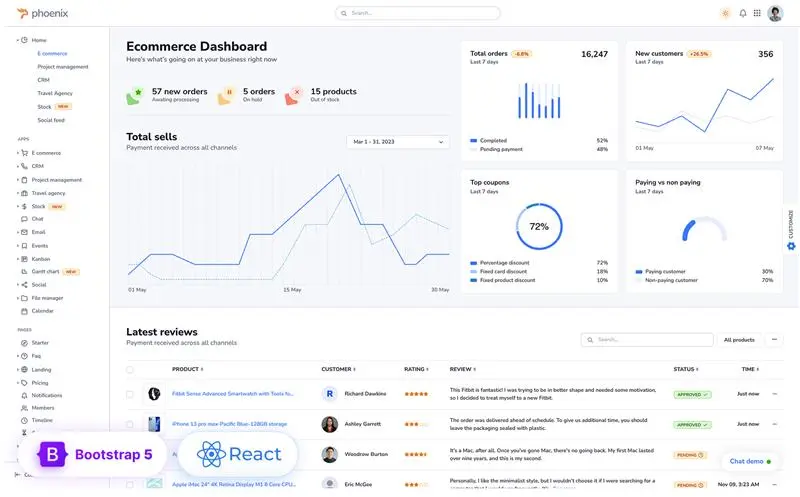
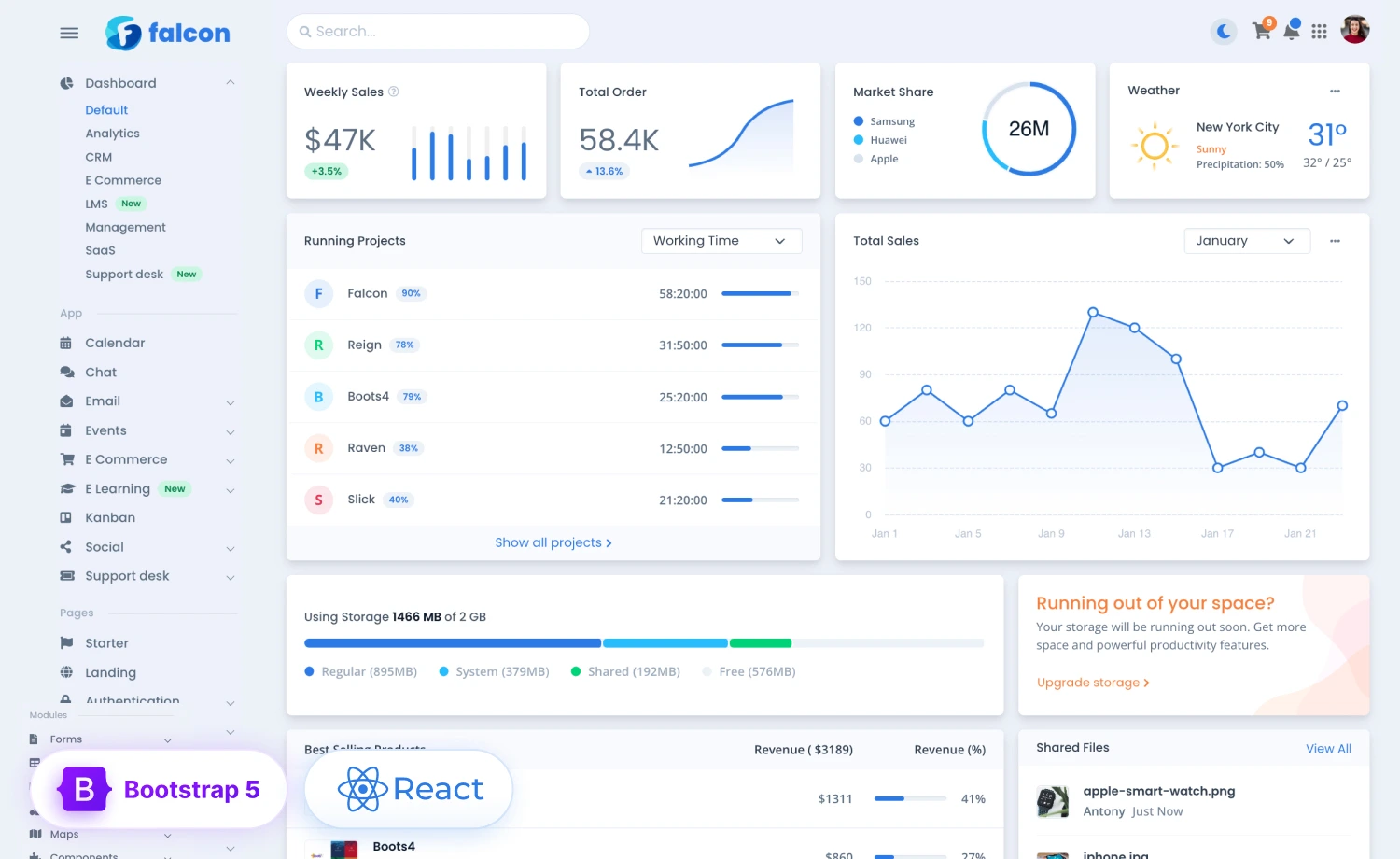
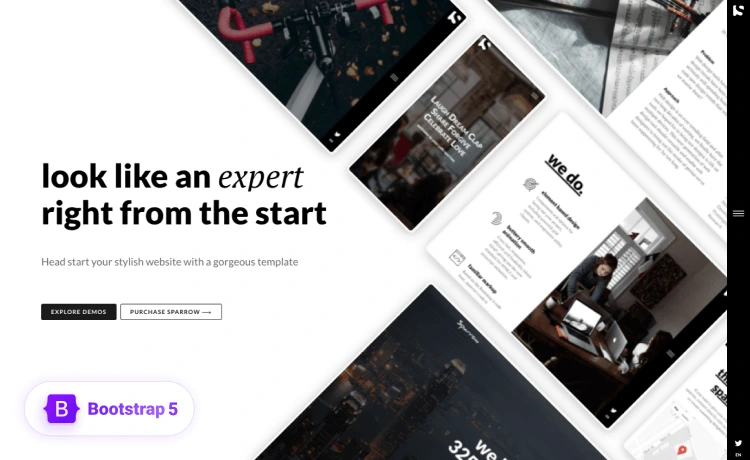
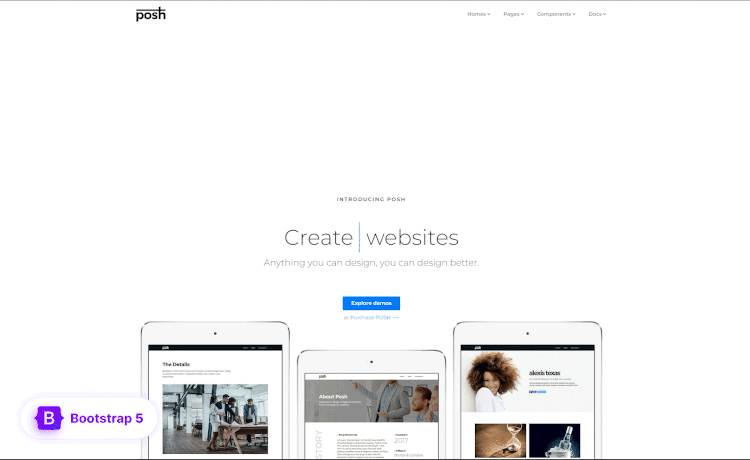
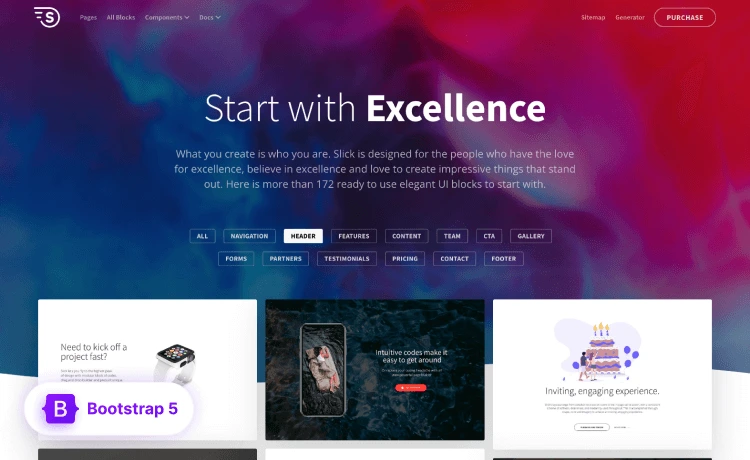
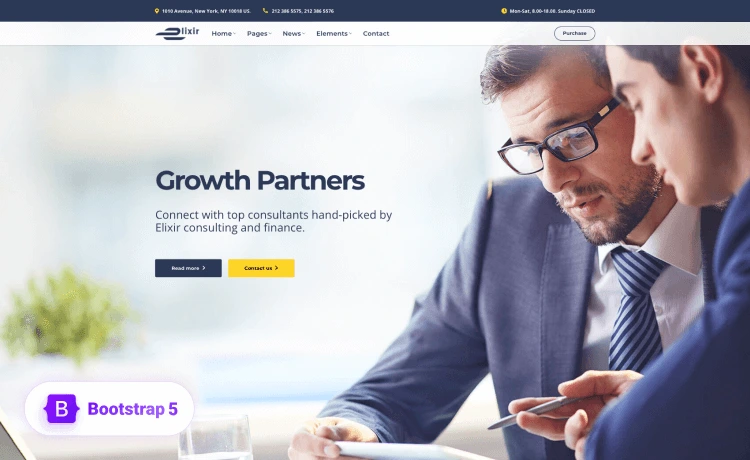
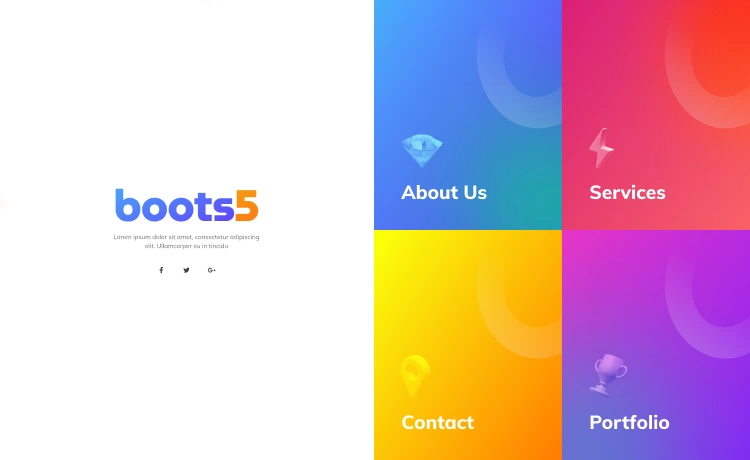
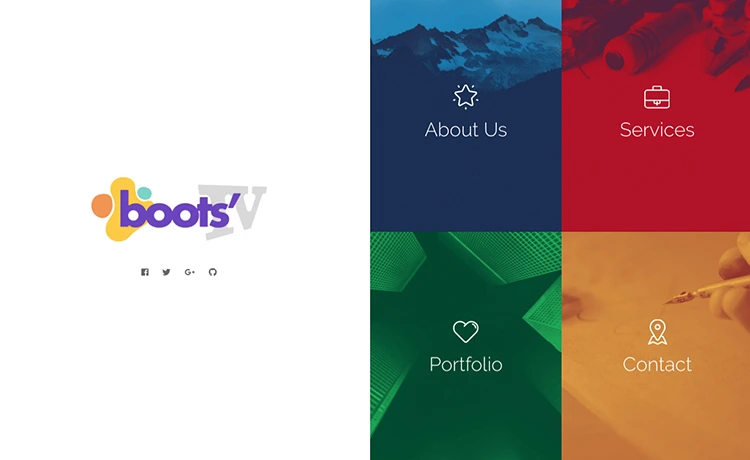
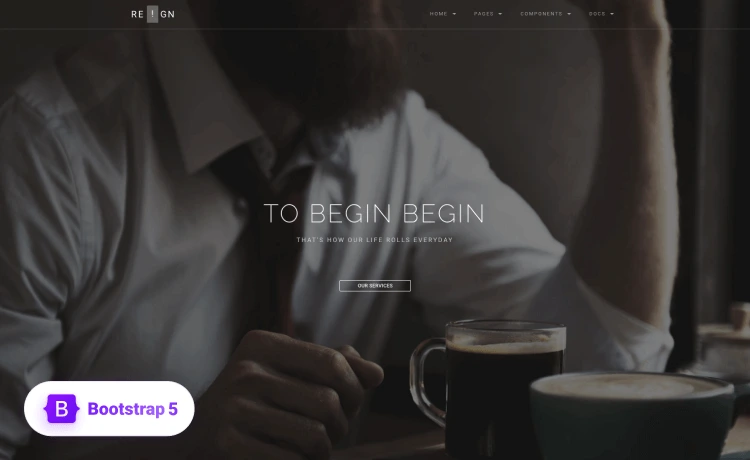
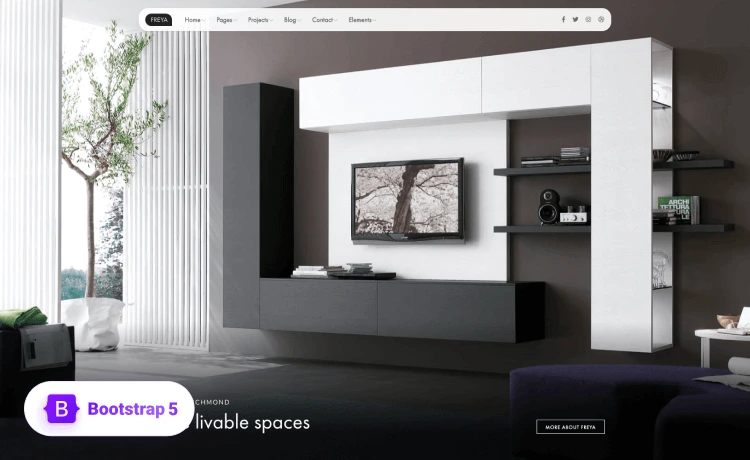
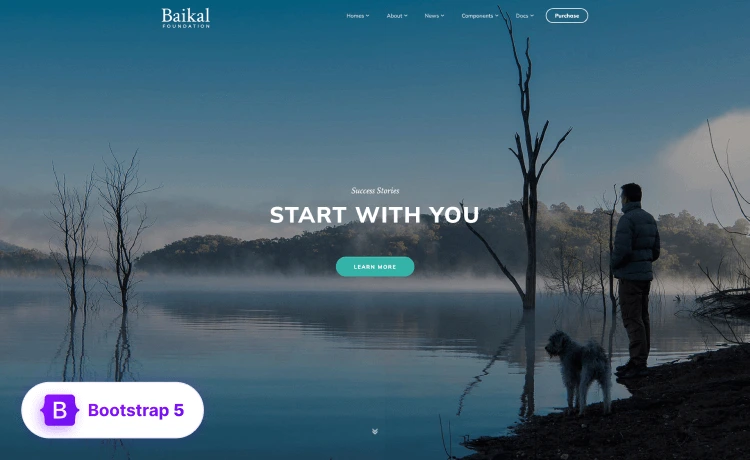
Thanks for sharing informative articles.